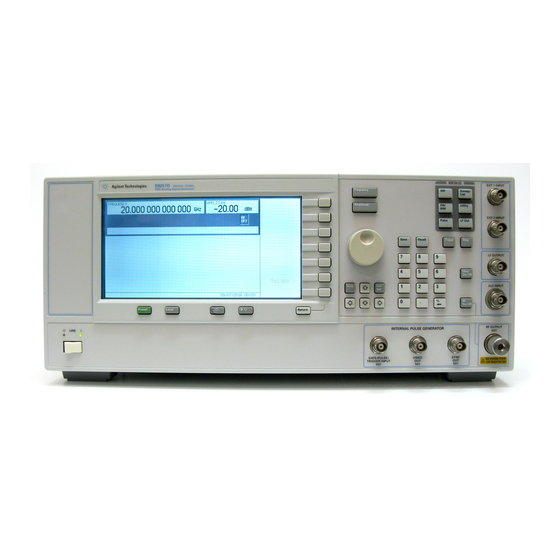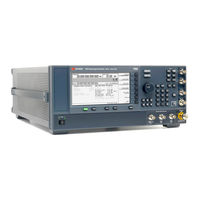
Keysight E8257D Option H1K Generator Manuals
Manuals and User Guides for Keysight E8257D Option H1K Generator. We have 6 Keysight E8257D Option H1K Generator manuals available for free PDF download: User Manual, Installation Manual, Manual, Installation Notes
Advertisement
Keysight E8257D Option H1K Installation Manual (45 pages)
Signal Generators
Brand: Keysight
|
Category: Signal Processors
|
Size: 0 MB
Table of Contents
Keysight E8257D Option H1K Installation Manual (38 pages)
PSG Signal Generators
Brand: Keysight
|
Category: Portable Generator
|
Size: 0 MB
Table of Contents
Advertisement
Keysight E8257D Option H1K User Manual (20 pages)
Analog Signal Generator
Brand: Keysight
|
Category: Portable Generator
|
Size: 1 MB
Table of Contents
Keysight E8257D Option H1K Manual (16 pages)
PSG Signal Generators and E8663B Analog Signal Generator
Brand: Keysight
|
Category: Portable Generator
|
Size: 0 MB
Table of Contents
Keysight E8257D Option H1K Installation Notes (11 pages)
PSG Signal Generators Add Option UNR
Brand: Keysight
|
Category: Laboratory Equipment
|
Size: 0 MB





